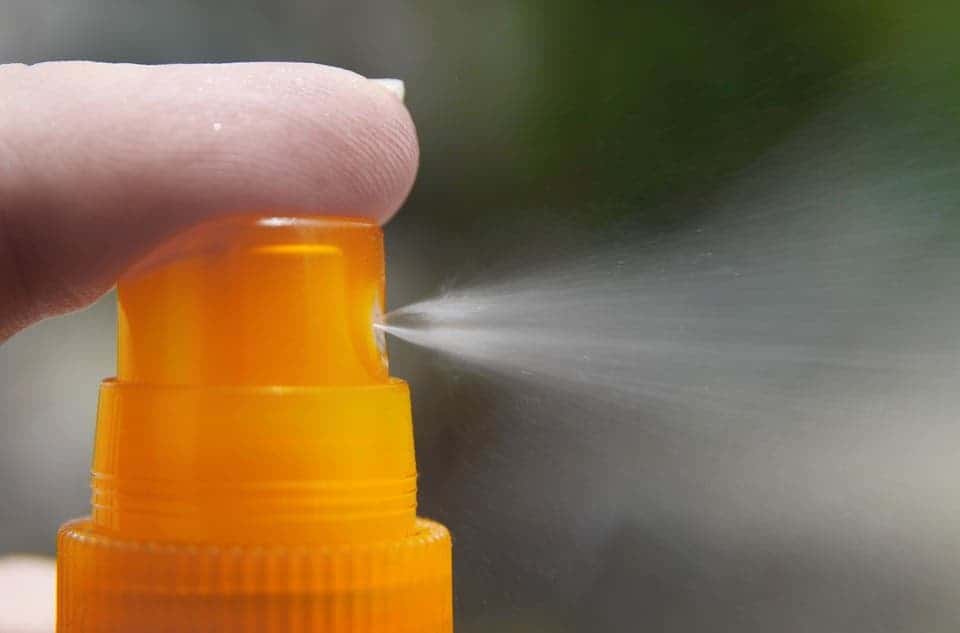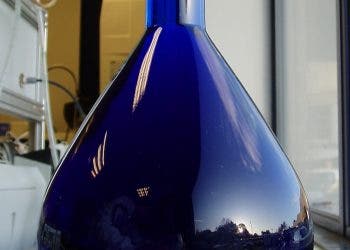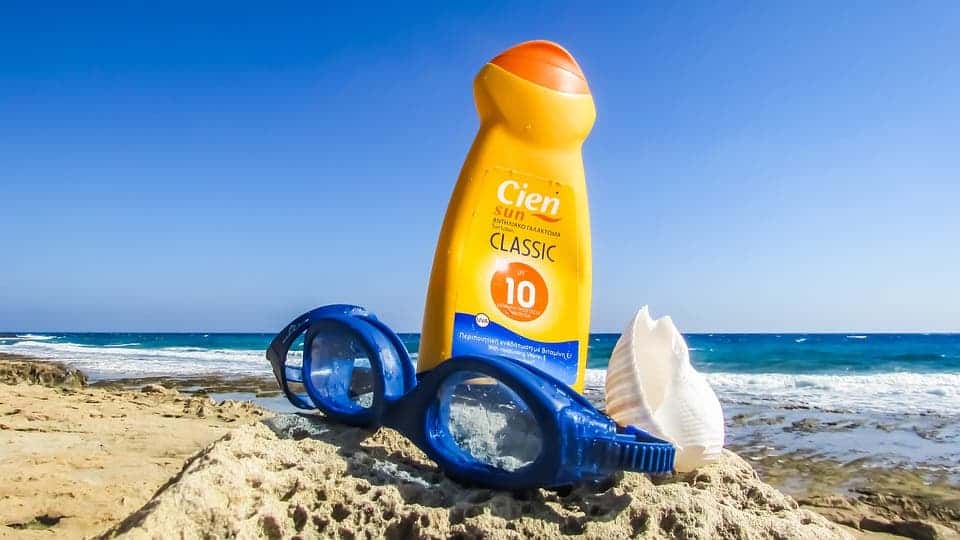Summer in the Northern Hemisphere is just around the corner, much to everyone’s delight. Vacation time, long walks along the beach, and lots of sunlight. What can go wrong? Well, sunburns can often ruin things, which is why doctors recommend wearing sunscreen whenever you head out to the beach. How do you use it and which brand should you use, though? Believe it or not, there are hundreds or thousands of different sunscreens available in the US but not all of them are up to standards. According to the latest Environmental Working Group (EWG) report on sunscreens, 73% of the 880 different products they tested didn’t work as they were advertised or contained ‘worrisome’ ingredients.

Not all sunscreens are made equal
For its 2017 Sunscreens Guide, the EWG scientists examined the SPF protection, chemical ingredients and overall safety and effectiveness of various sunscreens, moisturizers, and lip balms. Many of these products were woefully inadequate, as you can notice from EWG’s list of worst-rated products. Alternatively, you can check out the best-rated products list they also compiled.
One of the most common mismarketing instances identified by EWG were high SPF ratings. The Sun Protection Factor (SPF) index labeled on every sunscreen is a measure of how long a person can stay in the sun without getting burned. It only takes into consideration UVB rays, one of the three types of ultraviolet radiation besides UVA and UVC. UVB mainly affects the outer layers of the skin, causing sunburns, premature aging of the skin, and skin cancer. UVC radiation is the strongest, most dangerous form of UV light. But you don’t have to worry about this latter class of ultraviolet rays since they’re all blocked by the planet’s atmosphere and never reach your skin.
A good sunscreen should offer a good balance between protection from UVA and UVB radiation. The problem with the SPF index, though, is that it often confuses people and manufacturers know and exploit this fact. For instance, most sunscreens have an SPF index of 30 but some brands sell products with an SPF index of 100 or higher. Besides the shelf, many consumers naturally assume SPF 100 is better. What the SPF index actually means, however, is a ratio of how long a person without sunscreen can be in the sun without experiencing any redness divided by the amount of time you can spend in sunlight with a product on.
SPF INDEX x the time it takes to burn = time needed to receive the same dose of UV you had gotten otherwise
For each minute wearing an SPF 30 sunscreen lotion, you get a 1/30th, or 3.33%, UV exposure that you’d get without the lotion. This means SPF 30 protects you from 97% of UVB ray. SPF 80 blocks another 1.75 percentage points of UVB radiation, while SPF 100 blocks 99 percent of UVB rays. So the difference between SPF 30 and SPF 100 is only 2.3%. You’d think SPF 100 is at least 3 times better than SPF 30 but that’s not at all the case. Thus the improvement is marginal, but confusingly enough this isn’t what you’d think when choosing lotions based on the SPF index.
What’s more, because people assume SPF 100 lasts longer or is ‘better’, they end up wearing it poorly. Every sunscreen needs to be reapplied every two hours, but people who use SPF 100 are more likely to get burned.
Another important consideration the authors of the report looked for was what chemicals manufacturers used to provide the UV protection. Two ingredients, in particular, oxybenzone and retinyl palmitate, consumers should avoid. The first is a hormone disruptor that affects the reproductive tract and other natural hormones while the second, a form of vitamin A, has been previously linked to skin tumors under direct UV light. If you see these two chemicals on the label, it’s best you stay away from the sunscreen. Those with allergies or sensitive skin should also look for zinc oxide and titanium oxide, which are physical blockers and tend to be hypoallergenic.
Other considerations had to do with misleading advertising. For instance, there is no such thing as “waterproof” or “water-resistant” sunscreen but some manufacturers still label their products as such.
“In 2011, the Food and Drug Administration set new sunscreen rules that removed some of the most egregious false marketing claims, like “waterproof” and “sweatproof,” from product labels. But the FDA allowed most sunscreens to claim that they play a role in preventing skin cancer. There is little scientific evidence to suggest that sunscreen alone reduces cancer risk, particularly for melanoma, the deadliest type of skin cancer. Despite a growing awareness of the dangers of exposure to the sun’s ultraviolet radiation, and a multi-billion dollar sunscreen industry, melanoma rates have tripled over the past three decades,” EPW said in a statement.
The researchers also caution consumers to be very careful when buying spray-on sunscreens. These have become very popular as of late because people find it easier and faster to apply the aerosol sunscreen. But a 2015 study found that people who used sprays applied less than those using creams. Inhaling the aerosols can also be irritating.

At the end of the day, the authors recommend consumer look for these three most important factors when choosing a safe sunscreen:
- an SPF between 30 and 50 to protect from UVB rays,
- zinc oxide and titanium oxide to ward off UVA rays,
- and no oxybenzone and retinyl palmitate.
The EWG’s report isn’t the only one to highlight problems in sunscreen products. A guide released this month by Consumer Reports which rated products for safety, UV protection, water resistance and cost found only 15 out of 58 tested products met their standards.






